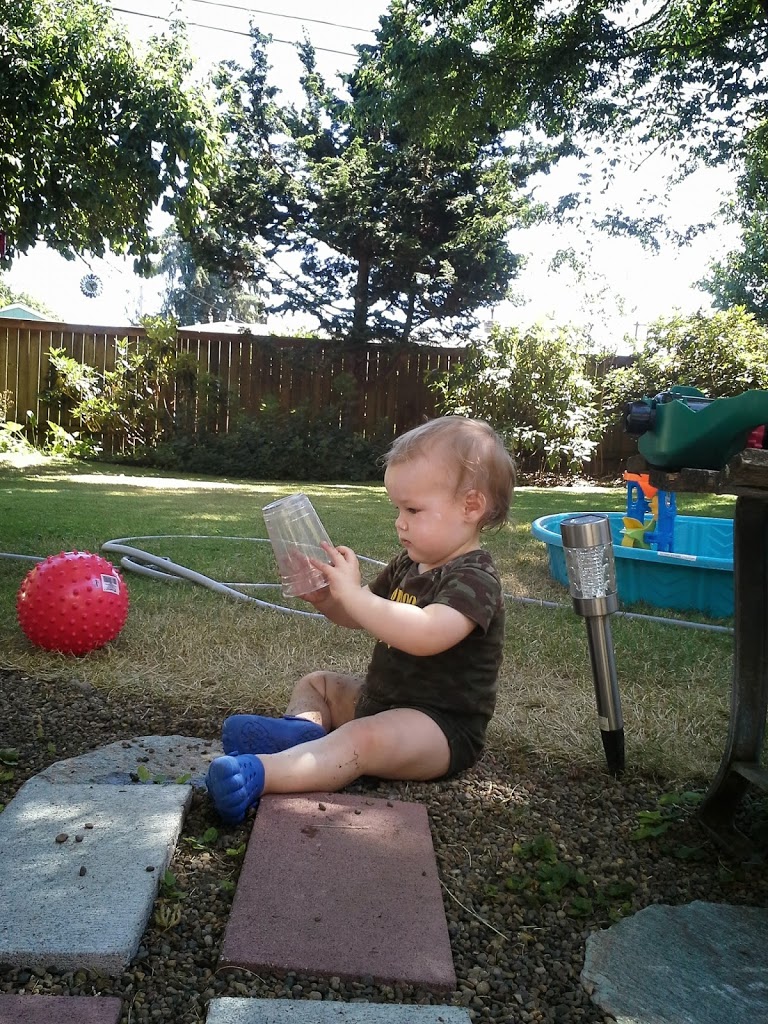Of all the skills involved in writing a novel, satisfactory pacing must happen or else it’s highly unlikely that readers will stick around. You, as writer, are a manager. You control the rate that your story is unfolded. Make sure you manage the readers’ time wisely.
Writing Tip for Today: Identifying three important levels where pacing is crucial can help you make your novel much more readable.
Main Plot Forward Movement
In each chapter you write, no matter how many scenes it contains, must advance your main story (what the Main Character wants more than anything, the identified goal or how the journey proceeds) or it will feel repetitive or worse, stagnant. Take a look at every new chapter and analyze it by identifying exactly how the main plot line is acted out therein. Compare this movement (or lack thereof) to both the previous and the following chapters. Think of your novel as a giant board game. Every chapter is a roll of the die to see how many spaces your character moves, if he gets sent back to “Go” or if she’s collecting rent on Boardwalk Ave. Every chapter must advance the story, even if the progress seems backward. Toward the beginning, these “reversals” and “complications” occur more often and after the halfway mark, the character doesn’t encounter many new problems but works to solve the ones which already exist.
Chapter Pacing
At the chapter level, you as writer decide how many scenes to include. A general rule is that you break a chapter at the end of a scene, and not usually in the middle of one. Cliff hangers are best revealed by leaving an important question unanswered until the reader turns the page and a new chapter begins. The pacing of a chapter will vary by genre, but in general, a more literary work might have lengthy chapters, whereas murder mystery chapters are often shorter. Some believe that chapters should all be about the same length. I don’t mind a short chapter unless it’s short for no apparent reason. A brief chapter should signify high tension or drama. My chapters tend to run between 2500 and 4000 words, which is a typical length. Pacing at the chapter level also deals with patterns. Readers look for patterns. If all the chapters except a few are the same length, readers wonder why.
Scene Pacing
The most important pacing occurs at the scene level. Pacing here involves length of sentences, ratio of action to narrative and range of emotions, to name a few. Be sure you act out the really important and tense moments where there’s something important on the line. This is the reason writers are advised to skip over travel from one place to another, introductions and chit-chat. If you act out tedious or mundane stuff (getting out of bed in the morning, sipping coffee) readers will flee. By skipping or using brief narrative summary (He drove to McDonald’s.), you control the pacing.






Linda, these are excellent simple tips. I have a note card sitting next to my computer. It reads: move forward.
I look at it every time I sit down to write.
Ellen @thisgirlclimbs
Ellen, I love your note card idea! Whatever works. Thanks for your comment & Keep writing! ~Linda
Good tips! I especially like those listed under Scene Pacing. I think that’s when it’s easy to get bogged down in pacing — by getting tied up in mundane things while trying to engage or transition within scenes. Transitions themselves can cause pacing dilemmas.
Naomi,
I agree that we often bog down at the scene level. My feeling is that we are still “telling” ourselves the story, and although in our heads we account for every moment of our character’s life, in fiction it’s unnecessary and even harmful. Thanks for your comment & keep writing! ~Linda
These are great points. The only one I partially disagree with is.. . “Break the chapter at the end of a scene, and not in the middle.” James Patterson has made his books hugely successful by breaking the scene in the middle, jumping to the antagonist, and leaving the reader unable to set the book down until he finishes the original scene. I think it’s a great tool to keep your reader flipping pages. As long as you break it at a logical point and not at an awkward place. What do you think? I notice you wrote “usually”. Is this why?